Description
Cordia Sebestena, Geiger Tree
Cordia sebestena is a small to medium-sized evergreen tree or shrub that belongs to the Boraginaceae family. It is also known by various other common names, including Orange Geiger, Geiger Tree, and Scarlet Cordia.
Geiger Tree tree is native to the Caribbean, South Florida, and South and Central America. It is widely cultivated in tropical and subtropical regions for its ornamental value, as it produces showy, trumpet-shaped orange or scarlet flowers in clusters. The tree also produces fruit that is edible but not typically consumed.
They are fast-growing trees that can reach heights of up to 25 feet (7.6 meters) in its natural habitat. It has a rounded, spreading canopy with a smooth, gray bark and glossy, dark green leaves that are oval-shaped and up to 8 inches (20 cm) long.
The Cordia sebestena tree is highly tolerant of heat, drought, and salt, making it a popular choice for landscaping in coastal areas. It prefers well-draining soil and full sun to partial shade.
In traditional medicine, the leaves and bark of Cordia sebestena are used to treat a range of ailments, including respiratory infections, skin conditions, and fever. However, more research is needed to confirm these traditional uses and their safety and effectiveness.
| Family Name: | Bignoniaceae |
|---|---|
| Synonyms: | Cordia juglandifolia Jacq. |
| Common Name: | Geiger Tree, Sebestens, Scarlet Cordia, Orange Geiger |
Spathodea campanulata Plant Care
| Sunlight | They prefers full sun and requires at least 6 hours of direct sunlight each day. |
| Watering | This tree needs regular watering, especially during the growing season. Water the tree deeply, Be careful not to overwater, as this can lead to root rot. |
| Soil | It prefers well-draining soil that is rich in organic matter. If your soil is heavy and clay-like, consider adding sand or other amendments to improve drainage. |
| Pruning | Prune in the late winter or early spring to shape the tree and remove any dead or damaged branches. |
| Fertilizer | Fertilize with a balanced, slow-release fertilizer in the spring and summer. |


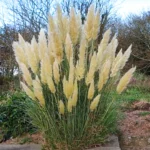




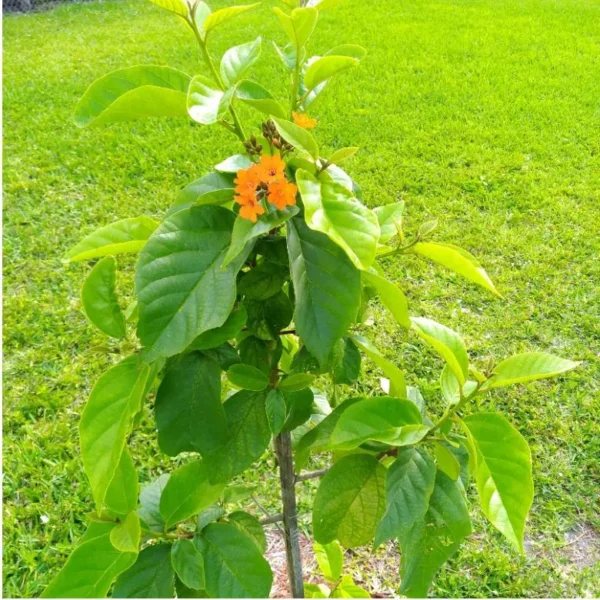






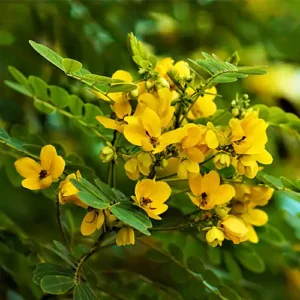
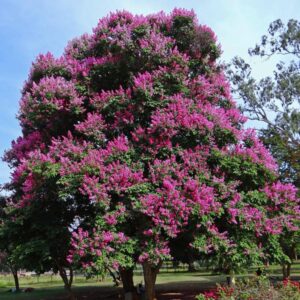
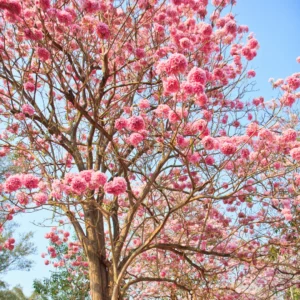
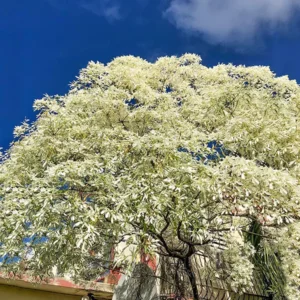

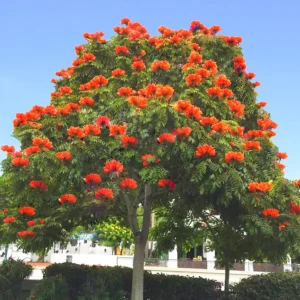
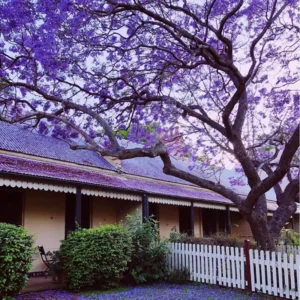


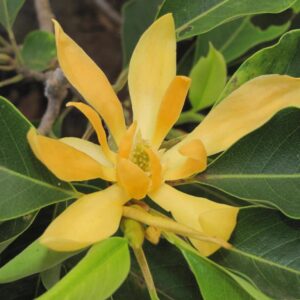

Reviews
There are no reviews yet.